
Was 2015 the year that turned the tide against Monsanto’s controversial weed killer glyphosate, the active ingredient in Roundup, the most widely used herbicide in the world?
It’s too soon to know, but EWG’s staff believes the single most important agriculture-related news story of 2015 was the decision of a major international cancer research organization to classify glyphosate as a “probable carcinogen.”
That ruling by the International Agency for Research on Cancer, a branch of the World Health Organization, has focused the attention of the public, journalists and government regulators on the environmental harm done by the herbicide. The ruling had an immediate impact on the heated political battle over labeling foods that contain genetically engineered ingredients, or GMOs. That’s because glyphosate is used in massive amounts by major agricultural companies to grow GMO corn, soybeans and other crops that turn up in most foods that Americans eat.
As in past years, EWG asked its staff of scientists, policy analysts and governmental and communications specialists to vote on what they considered the 10 most important stories of 2015 in two categories: stories that relate specifically to agriculture and those that involve general environmental issues. The rest of the agriculture list is below. To see the staff’s ranking of general environmental stories, go to EWG’s Enviroblog.

Overwhelmingly, the EWG staff selected the glyphosate story as the biggest of the year in the agricultural arena. Moreover, the staff included in the Top 10 several other stories that relate to the international agency’s ruling that glyphosate probably causes cancer. Tied for second place in the EWG rankings were:
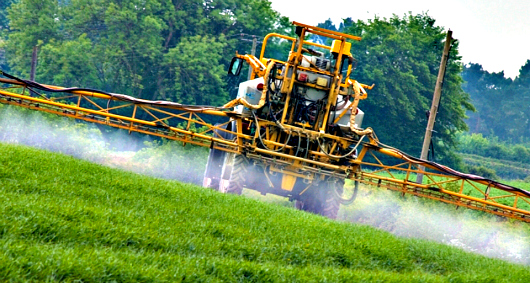
A Chicago Tribune report revealing that the U.S. Environmental Protection Agency deliberately skewed its analysis so as to minimize the health risks of a new product called Enlist Duo, which combines glyphosate with the older herbicide 2,4-D. The agency approved Dow Chemical Co.’s application to market the new pesticide despite safety concerns, especially for children, and the additional evidence that these chemicals are spawning new “superweeds.” (EPA’s later decision to reconsider its approval also made the Top 10 list. See below.)
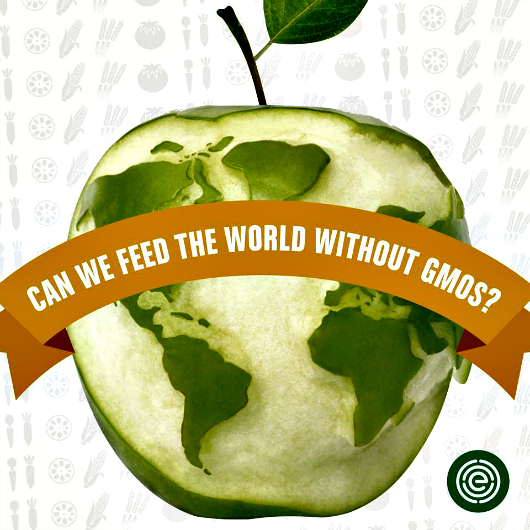
The story that tied for the No. 2 ranking was EWG’s own detailed analysis of industrial agriculture’s frequent claim that GMO crops will be necessary to feed the world’s growing population. It’s just not so.
There was another tie for the fourth-ranked news story of 2015.
One was EPA’s announcement that it would withdraw its approval of Dow’s new Enlist Duo herbicide. The outcome of that process is still up in the air.
The other story that tied for fourth place was Minnesota’s passage of a law requiring grass buffers between farm fields and waterways. The law is designed to combat the widespread scourge of water-polluting agricultural runoff laden with fertilizers and other chemicals. The state’s action will hopefully set an example for other farm belt states.
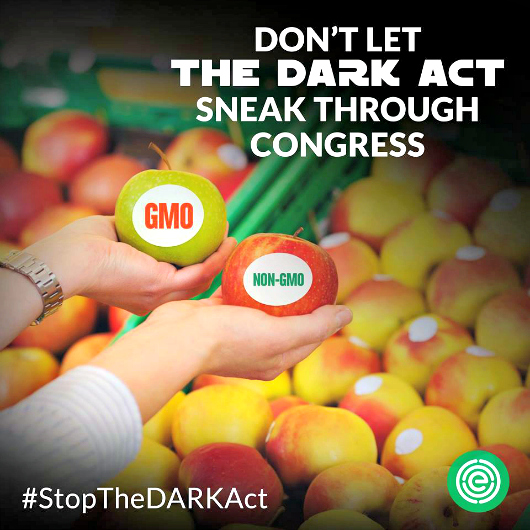
As the sixth most important agriculture-related stories of the year (yes, another tie), EWG staff chose the ongoing efforts in Congress to block labeling of foods that contain GMOs, as Vermont and other states have moved to do. Although versions of the anti-labeling bill, widely derided as the DARK Act, passed both the House and Senate, it was kept out of the year-end “omnibus” spending bill, thanks in large part to the highly effective lobbying of EWG’s government affairs team.
Despite the recent relief brought about by El Nino-driven storms, the story that tied for sixth was California’s fourth year of horrendous drought. The good news is that the situation has finally forced the state to take serious action on water conservation.

No. 8 in the ranking was another powerful EWG analysis, which showed that the corn ethanol blended into gasoline under federal law is actually worse for the climate than the Keystone XL pipeline would be. EWG research has consistently shown that the federal Renewable Fuel Standard needs to be reformed.
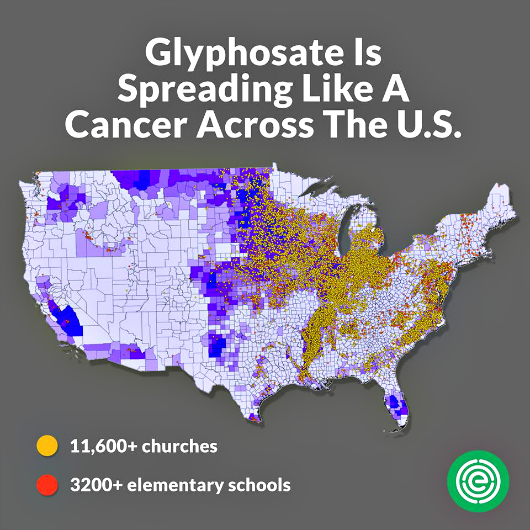
The staff’s No. 9 story of 2015 was still another unique piece of EWG research, featuring a compelling interactive graphic demonstrating just how extensively American agriculture has adopted Monsanto’s glyphosate weed killer.
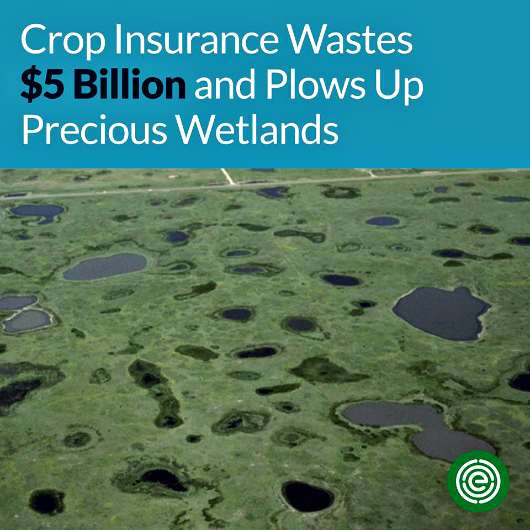
There was yet another tie for No. 10, both involving one of EWG’s signature issues – the wasteful and environmentally disastrous federal crop insurance programs. One EWG report demonstrated that the so-called “prevented planting” insurance program is an out-and-out “boondoggle,” while the second thoroughly debunked claims that crop insurance is a better alternative than traditional disaster assistance for farmers. The facts say otherwise.



